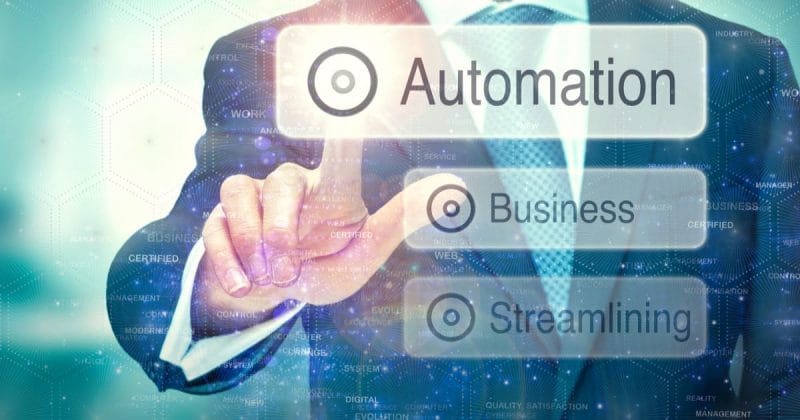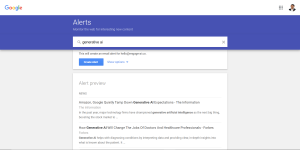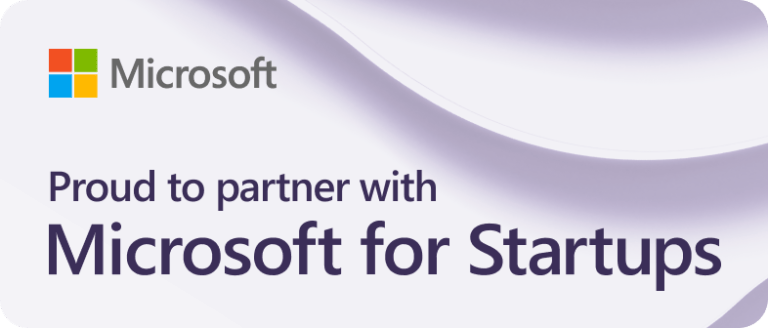LinkedIn can be a powerful tool for building connections and fostering business relationships. However, managing your LinkedIn activities can take time and effort. Here’s where automation on LinkedIn comes into play.
Understanding LinkedIn Automation
If you’re using specialized software or tools to streamline and increase a range of actions on your LinkedIn profile, then you’re using automation. Automated actions include sending connection requests, visiting LinkedIn profiles, and sending messages.
Is It Safe to Automate LinkedIn?
The answer isn’t a simple yes or no but rather depends on how you go about it.
It’s undeniable that automation can be a great way to prospect, generate leads, and grow your network. Nevertheless, using it safely and responsibly is the best way to avoid potential issues.
LinkedIn itself bans the use of automation tools, but many users still utilize them despite potential repercussions. The key to staying safe while automating LinkedIn lies in understanding and respecting the platform’s rules and restrictions.
For instance, LinkedIn limits the number of connection requests one can send weekly. It’s crucial to keep these limits in mind and not overstep them when using automation tools.
Bear in mind that while automation is not illegal, its misuse could risk damaging your professional reputation and even result in your account being banned. So, it’s crucial to use automation tools responsibly and in line with LinkedIn’s limits.
Potential Pitfalls of LinkedIn Automation
While automation can significantly enhance your LinkedIn networking efficiency, overuse or misuse of automation could potentially lead to your LinkedIn account being locked or restricted.
- Compromising privacy and security: LinkedIn automation can potentially compromise the privacy and security of users.
- Loss of authenticity and personalization: Automation tools can result in a loss of authenticity and personalization in your LinkedIn interactions, which can have a negative impact on your professional relationships.
- Damage to your reputation: If automation tools are used to engage in spammy behavior, it can harm your professional reputation.
- Risk of account restriction: LinkedIn strictly prohibits the use of automation software, and misuse could lead to your account being banned.
- Poor data scraping practices: Some automation activities might scrape data from LinkedIn, possibly without consent, thereby raising potential authenticity and privacy issues.
Benefits of LinkedIn Automation
On the other side of the coin, many LinkedIn users believe that the perks of automation outweigh the risks so long as they use it wisely:
- Time-saving: LinkedIn automation can save you time by automating your messages and other tasks, allowing you to focus on other critical work.
- Increased productivity: By automating certain tasks, users can effectively manage their LinkedIn profiles and connections at scale, leading to increased productivity.
- Expanded outreach: LinkedIn automation tools can help expand your outreach on the platform, enabling you to reach leads faster and more efficiently.
- Cost saving: For small businesses, LinkedIn automation can help save money by reducing the need for additional human capital for LinkedIn activities.
- Improved accuracy: Automation can enhance the accuracy of your LinkedIn activities.
How to Automate Wisely
So, you’ve compared the pros and cons of LinkedIn automation tools and decided the benefits are worth the risk. What’s next?
Here are the best tips on how you can leverage and maximize the perks of automation tools while minimizing the risks:
- Respect LinkedIn’s limits: LinkedIn monitors your activity to check for automation usage. It’s crucial to stay within LinkedIn’s daily limits for actions such as connection requests, messages sent, and profiles viewed to avoid getting your account flagged.
- Schedule your activity: To mimic human behavior and avoid raising flags, it’s good practice to schedule your automation activity during regular working hours in your timezone.
- Scale gradually: If you’re previously inactive on LinkedIn prior to using automation, start slow and scale your activity gradually.
- Use reputable tools: Always choose reputable automation tools that adhere to LinkedIn’s terms of service to minimize risks. Top-rated automation tools like Dux-Soup are generally safer and more reliable.
- Personalization is key: Even though you’re using automation, it’s essential to keep your messages personalized. Many tools allow you to customize your comments, connection requests, or InMails.
- Use cloud-based tools: Cloud-based automation tools tend to be safer by helping users automate their LinkedIn activities without being detected by LinkedIn’s monitoring system.
- Subscribe to Sales Navigator: LinkedIn is more lenient toward its premium users.
Why Some LinkedIn Automation Tools Are Safer to Use Than Others
- Mimic human behavior: Safer tools generally have features designed to mimic human behavior, such as random delays between actions, which can make the tool’s activity appear more natural and less like a bot.
- Built-in VPNs: Cloud-based tools often have their own VPNs, which can provide an added layer of security and make it more difficult for LinkedIn to detect automated behavior
- Compliance with LinkedIn’s rules: Reputable automation tools are designed to respect LinkedIn’s daily limits for LinkedIn activities, thus reducing the risk of being detected as a bot.
Conclusion
LinkedIn automation can be an excellent asset in your networking toolkit when used moderately and responsibly. It’s essential to remember that while automation can enhance your LinkedIn networking, it’s no substitute for genuine, person-to-person interactions.








